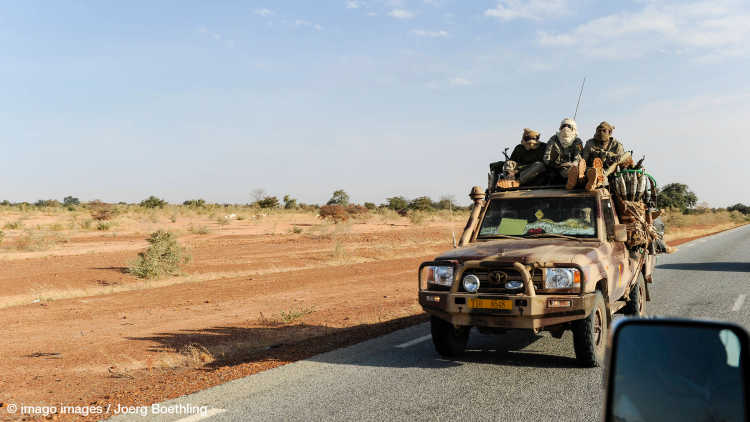- Home
- Research & Transfer
- Research Projects
- Religion for Peace: Identifying Conditions and Mechanisms of Interfaith Peace
Religion for Peace: Identifying Conditions and Mechanisms of Interfaith Peace
Religion has become an increasingly contentious phenomenon, with religious violence and discrimination on the rise worldwide. However, there are also many societies that are examples of peaceful interreligious coexistence. We contribute to the rigorous empirical study of the link between religion and interfaith peace, especially regarding elements of positive peace like interreligious cooperation.
DFG, 2020-2024
Team
Head
Research Questions
Specific questions are:
1.What are the conditions for peaceful interfaith relations worldwide?
2.What institutional, ideational, and other variables work in favor of peace when certain other conditions are not favorable to it?
3.What are the underlying mechanisms that link religion and peace?
4.What policies are hence promising for creating interfaith peace?
Contribution to International Research
This project contributes to the rigorous empirical study of the link between religion and interreligious peace, especially regarding elements of positive peace such as interreligious cooperation.
Research Design and Methods
The project studied these questions in a nested research design (e.g. Lieberman 2005; Poteete et al. 2010) that connects different levels of analysis in order to make optimal use of the strengths of qualitative and quantitative strategies. First, the project refined the theorizing on religion and interreligious peace, including the development of a conceptualization of interreligious peace that explicitly accounts for elements of positive peace. We then used unique global data—compiled in previous projects—that provides information on religion and peace to identify global conditions of interfaith peace. The cross-country analysis was the basis for the selection of country cases that qualify as “unlikely success stories” of interfaith peace despite an unfavourable demography or previous conflict experience: Togo and Sierra Leone. We explored reasons for the unlikely success of maintained interreligious peace using qualitative methods and tested hypotheses on causal mechanisms behind interreligious peace via experiments . These results can serve to identify, compile data on, and test additional factors affecting interreligious peace that were not considered in the initial quantitative analysis. The last step comprised dissemination activities, including publication endeavours and policy advice in societies at risk of interreligious conflict.
Preliminary Findings
The project’s definition conceptualizes interreligious peace as the absence of interreligious physical violence, hostile attitudes and perceived threats, and the presence of interreligious cooperation and trust. A systematic review of the existing quantitative literature spotlights the scarcity of research on religious determinants of interreligious peace, particularly regarding the role of religious elites and institutions. Efforts to map interreligious peace show great regional variation but overall we observed a global downward trend. In the global comparative study, the project investigated three main religious correlates of peace, namely religious ideas and norms, religious demography, and state-religion relations. The findings highlight how state institutions matter for interreligious peace: While secularization seems particularly important for peaceful interreligious coexistence, state discrimination is undermining interreligious peace in general (Hoffmann et al. 2024).
Turning to Togo and Sierra Leone - two unlikely success stories of interreligious peace - we compiled local theories on factors contributing to maintaining interreligious peace. The combined knowledge of conversation partners in Togo and Sierra Leone suggests that strong social relationships and norms, inclusive religious ideas, lived tolerance and institutional cooperation as well as state protection of freedom of religion and belief protect interreligious peace despite unfavorable conditions (Akinocho et al. 2024). Research with residents of Lomé and Freetown shows that pro-mixing ingroup norms are related to more interactions between members of religious groups. In contrast, individuals’ preferences to interact with those similar to themselves were a barrier to interreligious contact. Inclusive religious ideas and knowledge of outgroup religious practices can be factors reducing preferences for similar others while exclusive religious ideas reinforce them (Köbrich et al. 2023). Further, in an experimental study, videoclips wiht peace messages effectively increased cooperation and willingness for contact across religious divides. Against our expectations, we found video peace messages by non-leaders to be at least as effective as those from religious leaders – if not more so.
Publications and outputs of the project can be found below.







